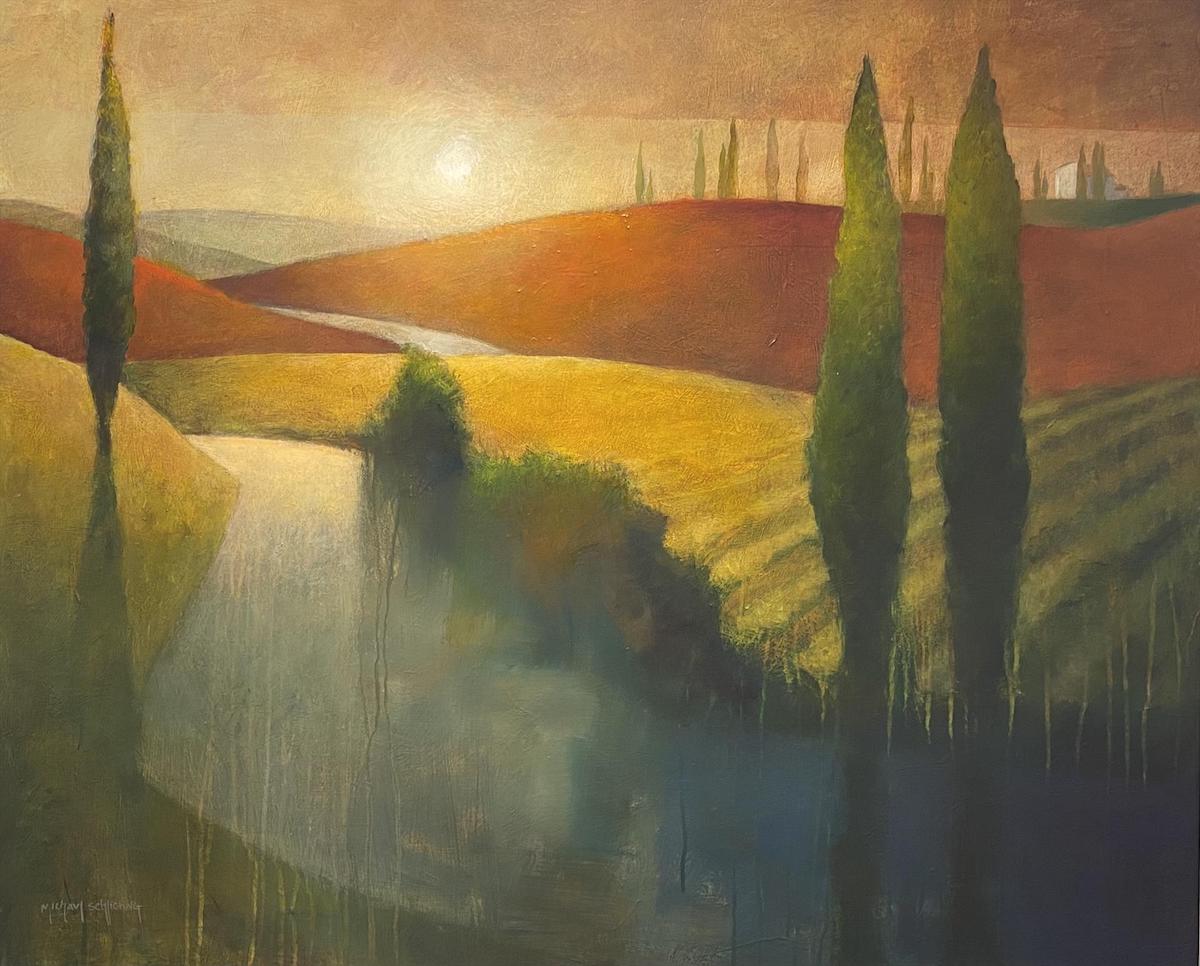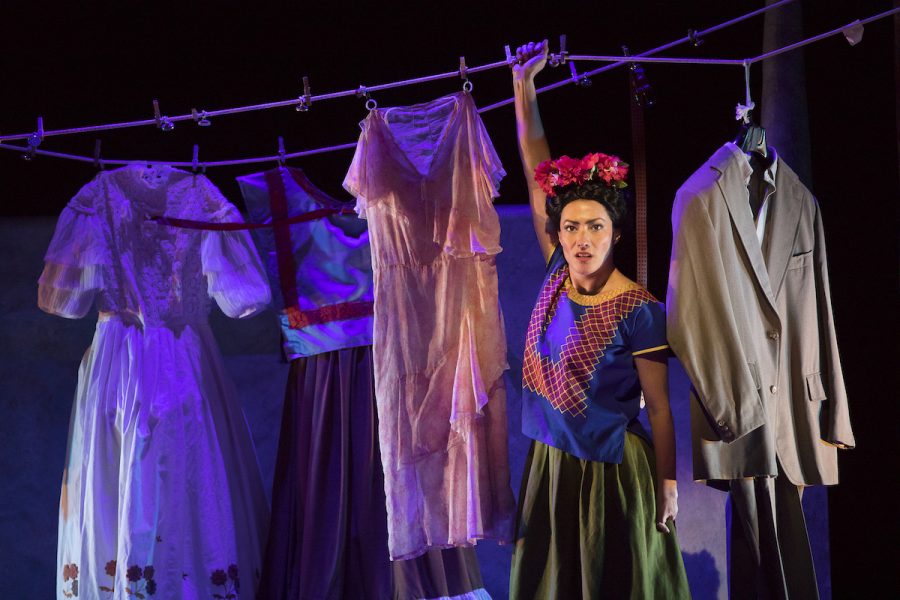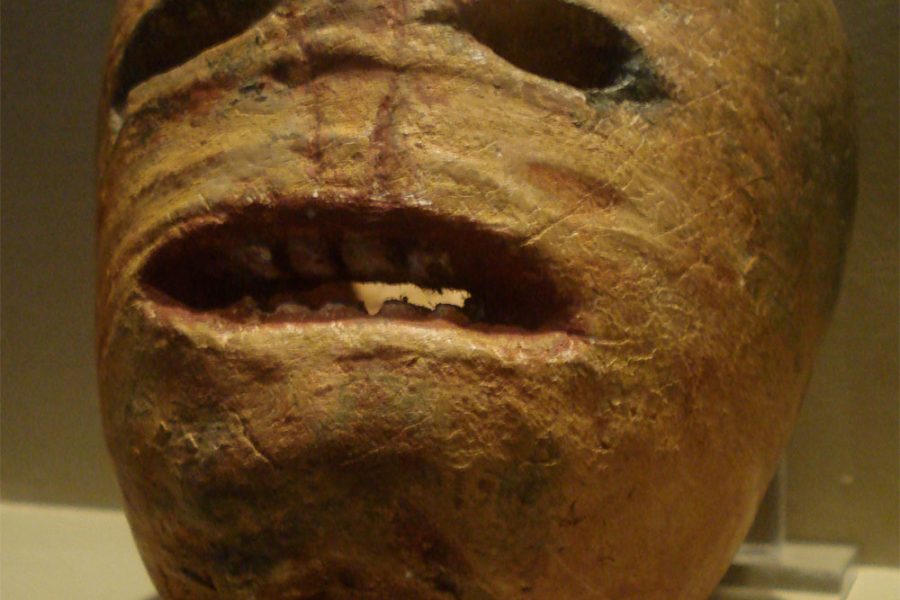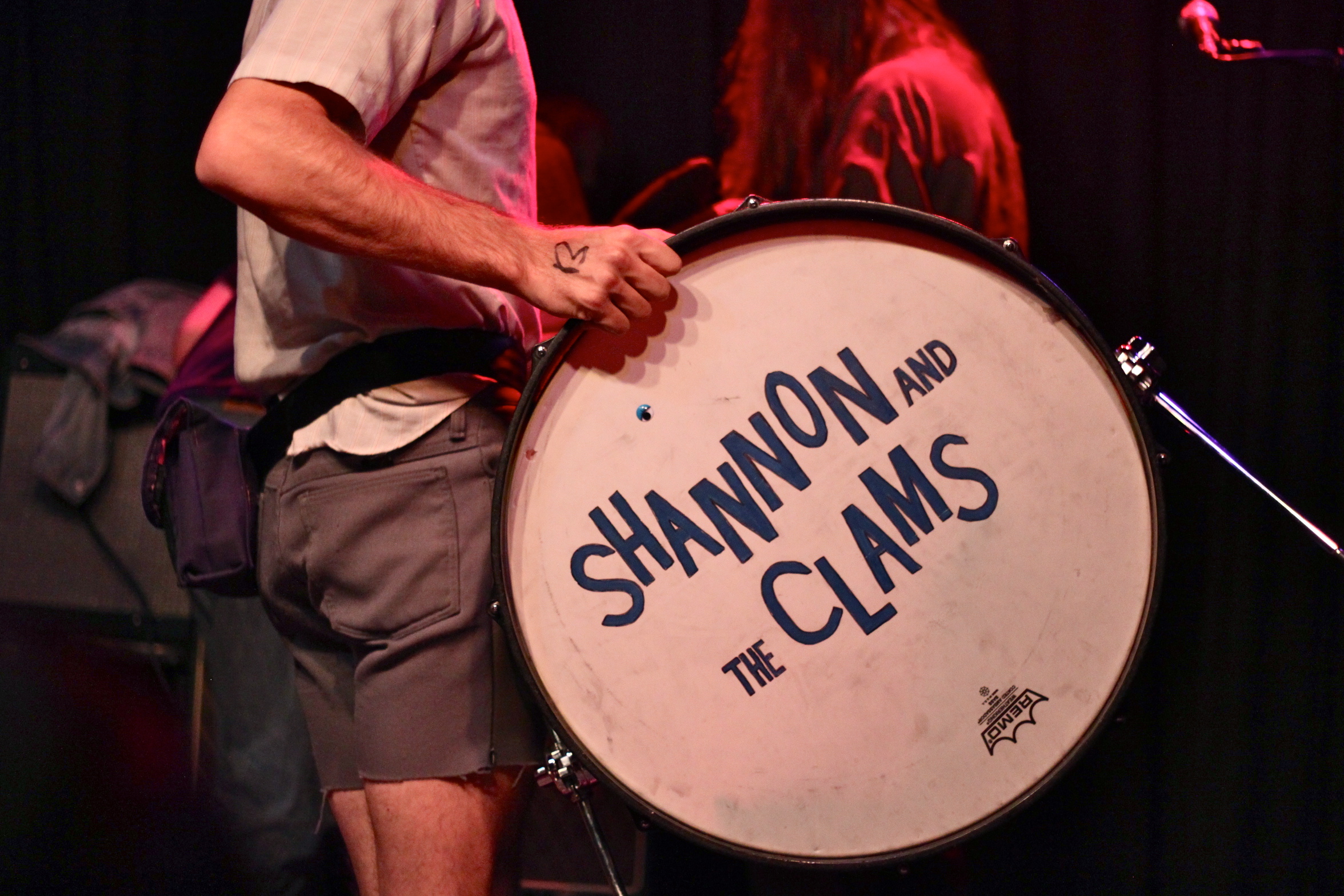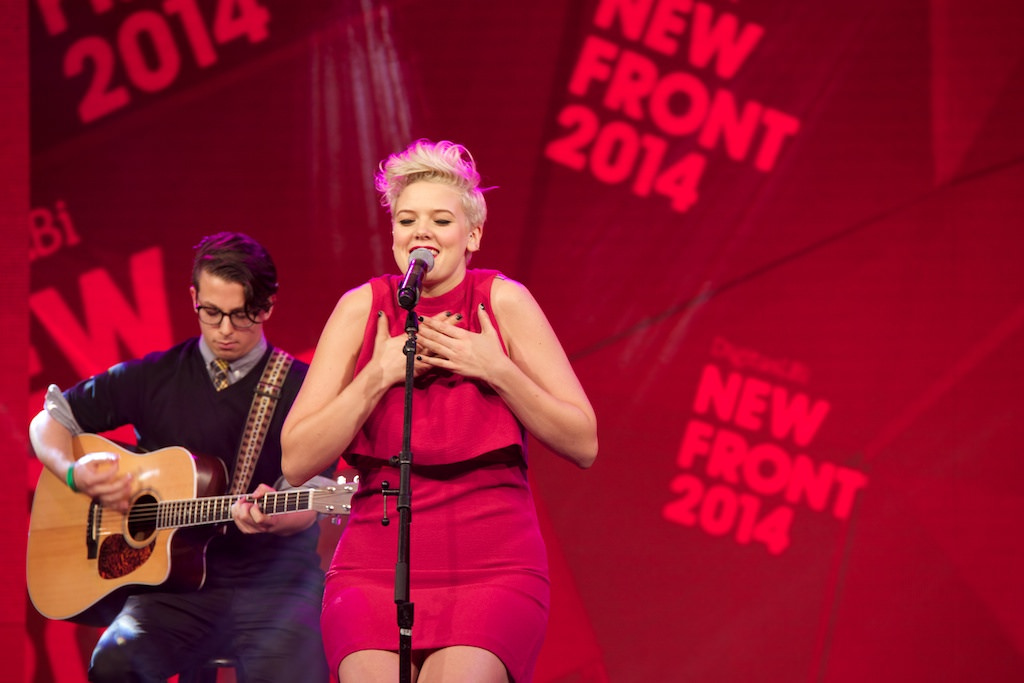The first thing to strike a casual viewer looking at the works slated for exhibition at the Portland Art Museum Rental Sales Gallery’s Fall Show is the variety: hundreds of artworks, in dozens of forms and styles, hang from the walls and perch on tables, each one different from the last.
“There aren’t many galleries where you’d see three works like this all in the same space,” said Mark Tindle, the gallery’s director, as he stood in front of a huddled semicircle of paintings arranged on easels, each one unlike the last. There was pride in his voice as he introduced each piece, highlighting a Tuscan landscape here, a starkly abstract composition there.
“We like to showcase artwork in a variety of forms,” continued Tindle, handling an abstract woodwork carving with what seemed like a mixture of familiarity and curiosity. “We show everything from fine art, oils and acrylics, to crafted arts and creative pieces,” he added.
Looking around the immediate space, Tindle’s explanation is immediately self-evident. As he set the woodcarving back in its place, it rejoined its neighbors in a display that included a landscape print, a sculpted birdhouse and a photorealistic painting of a scarab, haloed by sacred geometry. On the wall across from the display, a massive painting of the burnside bridge loomed, rendered in technically practiced, deliberate brush strokes.
Despite their differences in style, subject matter and even mediums, each of these pieces, and the nearly 250 other works planned for display on the evening of Oct. 29, have something in common: they were made in the Pacific Northwest, by local artists working in every medium available.
This makes the Fall Show a kind of convergent space, with hundreds of artworks in and around Portland getting funneled into a single venue. The scope and breadth of these selections is an essential part of the gallery’s mission—to introduce as many people as possible to a wider variety of local works which might otherwise be unavailable to view in a museum, or other such accessible spaces. To this end, the gallery—owned by the Portland Art Museum—is listed as a nonprofit.
“The gallery was founded as a space for local artists to showcase their talent, and make a living from art,” Tindle explains. “Artists come to us at earlier points in their careers, and they grow through the gallery.”
In a way, the gallery can be seen as a kind of entry point for some beginning artists, with many up-and-coming local talents using the space as a stepping stone to becoming professional creatives. The Rental Sales Gallery’s mission doesn’t stop at just supporting the local artist’s community, however.
“We are providing the function of democratizing access to art, in a way that perhaps other galleries, with a pure selling-based structure, aren’t able to do,” Tindle said. “By giving people the option to rent art, people can access beautiful, original works of art and enjoy them in their homes and spaces for far less money than it would cost to purchase a piece. ”
To this end, the gallery acts as a connecting space, providing accessible options for people to experience local art and local talent, which is frequently harder to find and experience in traditionally accessible spaces, such as museums or books.
Besides the geographic criteria of being made in the Pacific Northwest, the gallery’s only other benchmark is quality. Each piece in the Fall Showing is reviewed before a panel of judges, who vote on the work’s inclusion into the event. The pieces that pass review are then pooled into a working selection that is arranged throughout the exhibit, wall by wall.
“I’m very collaborative,” explained Tindle as he discussed the gallery’s technique. “I really like to empower the volunteers who work here at the gallery, who are such an intrinsic part of the Rental Sales Gallery, to take on this work.”
Tindle and the gallery’s volunteers tend to begin a wall’s arrangement with an anchor piece, a keystone artwork that ties all the other pieces together. From this thematic center, the rest of the wall grows, in a kind of freestyle process that is as intuitive as it is systematic.
“The one kind of hard-and-fast rule that we have is that we try to ensure that as many different artists as possible are on the walls at the gallery,” Tindle said. Diversity and representation has always been a key part of the gallery’s mission but, in the last half-decade, the need for inclusion has taken a special importance in the venue’s operations.
“We are now in a place where anything that we do must be done with great care, thought, and deliberate action,” Tindle said. “Ensuring that there is the greatest diversity of artists on show as possible is essential.”
In recent years, the gallery has put a special emphasis on the fact that in order to serve the local artistic community, it needed to act as a representative for everyone within the Portland art scene.
“We need to grow ourselves, and work with intention in representing a broader base of individuals,” Tindle said. “[Be] a space where people can come and see work from a great variety of people, whatever their background.”
As Portland itself grows and changes, with new artists moving into the region every year, the gallery’s focus on representation means that its selection changes with the city. Portland, as it becomes larger and more cosmopolitan, has also expanded the breadth and depth of its pool of artistic talent. The gallery is in a unique position to showcase this change, as the selection of works on display is continually rotating.
“The gallery is always refreshing the artworks that we hold,” Tindle said. “New works are coming in all the time. One of the great things about it is it’s not a static collection.”
Because of this, seasonal events like this year’s Fall Show represent snapshots of a changing artistic landscape. For a brief night, the current arrangement of the gallery’s collection is frozen in time, and displayed for all to see before the cycle of changing pieces resumes.
This year’s showing, though, is unique. Because of the timing of the pandemic, the last time the gallery had an in-person exhibition was in 2019, under the dedicated care of Jennifer Zika, the gallery’s former director, who unexpectedly passed away in March 2021.
This year’s Fall Show will also act as a celebration of her memory, which will be recognized with a moment to appreciate her contribution and the enduring legacy in the space of the gallery. More than just stories and shared recollections, Zika’s enduring impact expresses itself tangibly on the shape of the gallery’s day-to-day operations.
“Focus on the fun,” recalls Tindle of her teachings. “Focus on the fact that this is a place of human connection, inspired by beautiful artworks. Remember that we are part of a wider community here.”
At its core, this is the key function of the Fall Show’s in-person format: to take different elements of the community, whether they be artists, patrons, critics or just curious bystanders and put them in a room together, to appreciate what is on the walls—Portland art, by Portland artists.

